Latent Conditions are unforeseen physical site conditions, typically underground, that differ materially from what was expected and could not have been discovered by a reasonable site investigation. These conditions are a frequent source of delay, cost overruns, and disputes in construction projects.
Key Takeaways
Latent Conditions are physical, concealed, and not reasonably detectable before work begins
They are distinct from general Site Conditions, which Contractors are often deemed to have accepted
Most contracts impose a duty on Contractors to conduct site investigations and warrant the site’s condition
Rain, soft soil, and surface water are commonly misidentified as Latent Conditions
Contractual treatment of Latent Conditions varies across AS 4000, AS 2124, Master Builders, GC21 and Defence contracts
Introduction to Concealed Site Risks
In the context of construction law, Latent Conditions refer to those physical site conditions—usually subsurface—that are unknown and could not reasonably have been discovered prior to the execution of the contract. Unlike general Site Conditions, which are either visible or reasonably foreseeable, Latent Conditions typically involve hidden rock formations, contamination, or underground obstructions.
Failure to properly allocate or respond to these risks often leads to variations, delay claims, or disputes under Security of Payment legislation. The allocation of risk for Latent Conditions in contracts like AS 4000 and GC21 is nuanced, and Contractors need to meet strict notification and evidentiary thresholds to maintain entitlements.
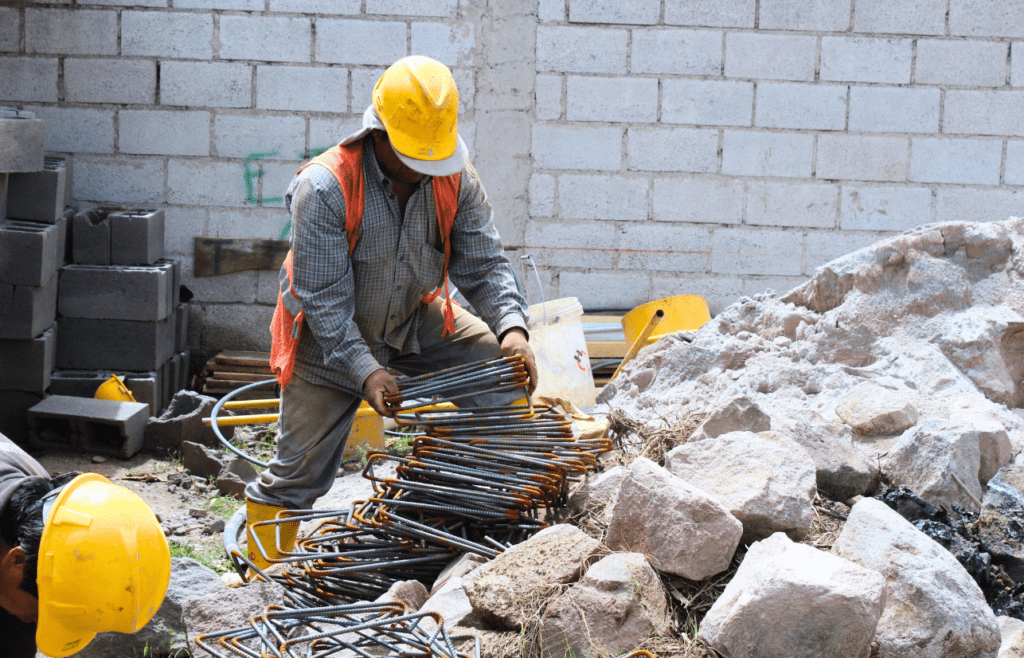
What Are Latent Conditions?
Latent Conditions are defined by their hidden, physical, and unforeseeable nature. These are not commercial or financial conditions—only physical site features qualify. They are typically underground, structural, or geological, and may include:
Subsurface rock where soft soil was anticipated
Asbestos or other hazardous materials not documented
Underground tanks or building remnants
Contaminated soil discovered during excavation
Subterranean water not previously disclosed
A key aspect is that these conditions differ materially from what the Contractor could have reasonably anticipated, even after a reasonable inspection and review of all available documentation.

Site Conditions vs Latent Conditions
Site Conditions refer to all physical characteristics of the site, including both visible and hidden features. Contracts often require Contractors to inspect and understand these conditions before committing to the project. In contrast, Latent Conditions are a subset of Site Conditions that are:
Not discoverable upon reasonable inspection
Not disclosed in contract documentation or site data
Not reasonably foreseeable based on expertise and experience
A common mistake is confusing Site Conditions with Latent Conditions. For example, soft soil that should have been anticipated from the geotechnical report will not be considered latent. Similarly, waterlogged areas from recent rain are not latent—they are Site Conditions, and most contracts require the Contractor to factor such conditions into their methodology and pricing.
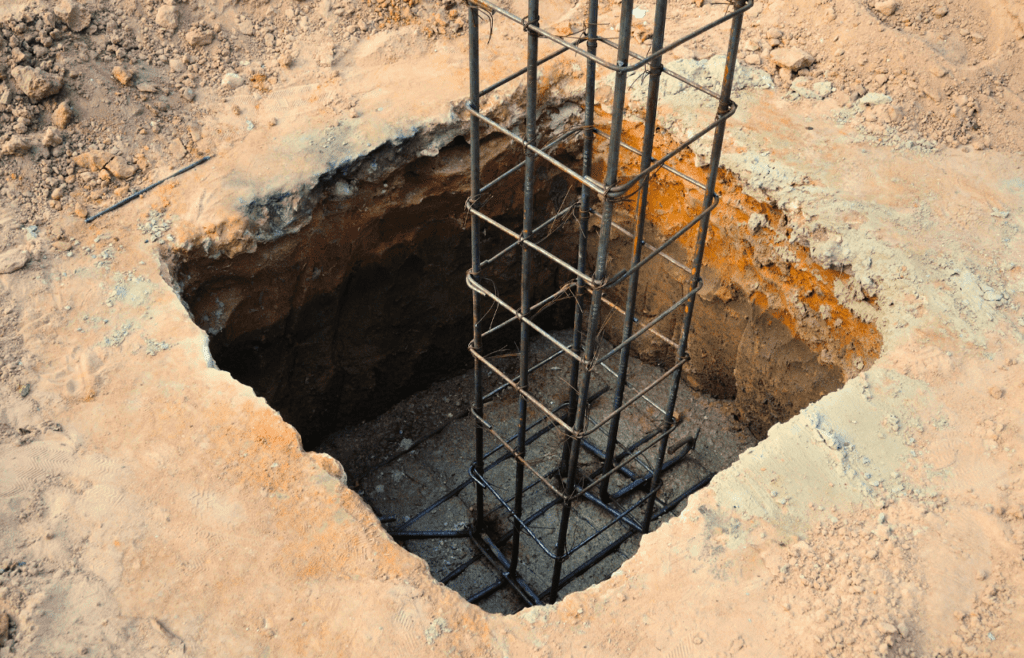
Site Investigation Obligations and Deemed Knowledge
Most construction contracts impose an obligation on the Contractor to undertake some form of site investigation before entering into the agreement. This duty may be explicit, implied, or established by reference to site access provided during the tender phase. Even where access is limited, Contractors are usually deemed to have formed their pricing and methodology on the basis of a reasonable understanding of the site.
In many contracts, the Contractor is also deemed to warrant that they:
Have inspected the site
Are satisfied with its condition
Have made allowance for those conditions in the contract sum
This deemed warranty shifts the baseline risk of Site Conditions to the Contractor. In practice, this means any conditions that a competent Contractor could or should have discovered will not qualify as Latent Conditions. The threshold is not perfection, but reasonableness—what a reasonably experienced Contractor would have done under the same circumstances.
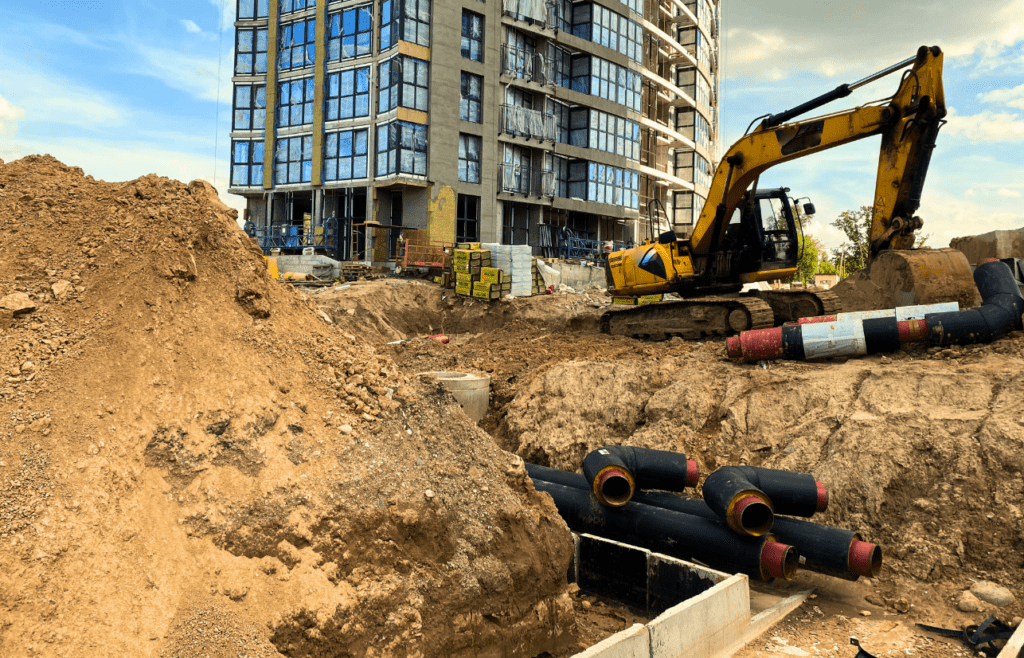
Who Provides the Geotechnical Report?
The source of the geotechnical report can influence risk allocation.
Where the Principal provides the report:
The Contractor may rely on the accuracy of the report unless the contract disclaims this
If the report is materially incorrect or incomplete, the Contractor may claim for Latent Conditions if impacts arise
Some Principals include disclaimers stating that Contractors must draw their own conclusions
Where the Contractor provides the report:
Risk generally shifts to the Contractor for errors, omissions, or misinterpretations
The Contractor takes full responsibility for any unexpected site conditions, unless caused by the Principal’s actions or misleading information
Where the contract is silent, courts and adjudicators will examine whether the information provided was sufficiently clear and whether a reasonably competent Contractor would have detected the issue.
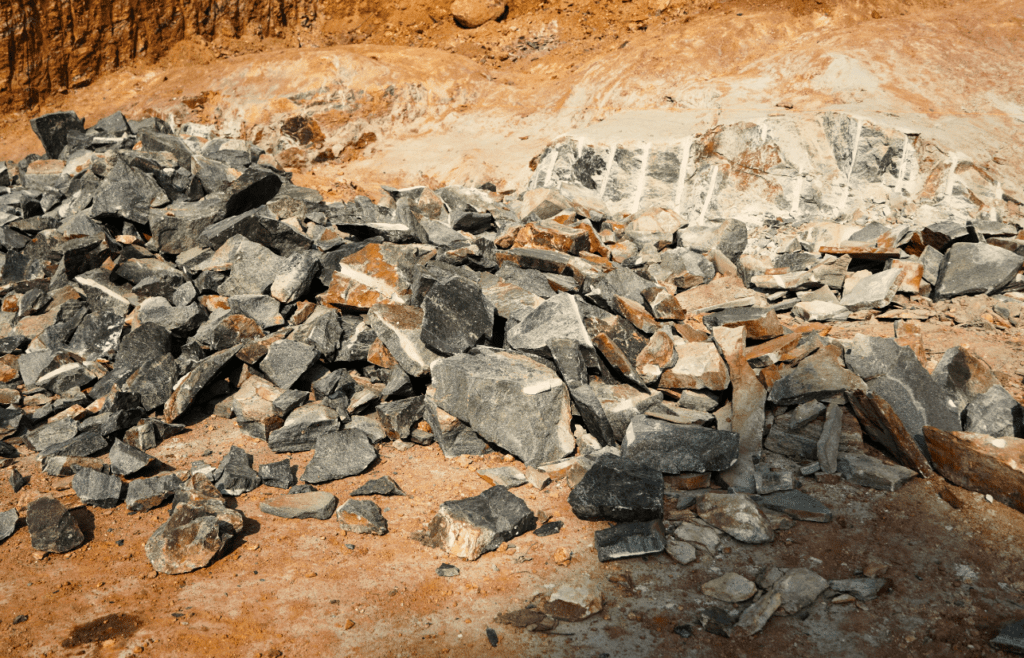
Comparing How Different Contracts Handle Latent Conditions
Different standard-form construction contracts allocate the risk of Latent Conditions in different ways:
AS 4000
Clause 25 deals specifically with Latent Conditions
Contractor must notify the Superintendent promptly, and provide a written claim within 14 days
If the Superintendent agrees the condition was latent, time and/or cost adjustments may follow
The risk of Latent Conditions remains with the Principal, provided the Contractor complies with notification procedures
AS 2124
Similar approach to AS 4000 but with slightly broader definitions
Requires prompt notice and allows the Superintendent to determine adjustments
The clause is more prescriptive about the adjustment mechanism, often seen as more Contractor-friendly
Master Builders Contract (MBA)
Typically provides a narrower definition of Latent Conditions
May limit Contractor entitlement unless expressly provided
Contractors should be cautious about clauses that impose full risk for site conditions regardless of investigation rights
GC21 (NSW Government)
Imposes an obligation on both parties to disclose information known to them
Requires Contractors to make all reasonable enquiries
Expressly includes an adjustment mechanism for unforeseen site conditions if not disclosed or reasonably discoverable
Defence Suite (e.g. HOC, HC1)
Includes rigorous risk allocation provisions, with detailed technical schedules
Tends to place more responsibility on the Contractor, especially where early contractor involvement (ECI) or design input exists
May require the Contractor to warrant suitability of the site for construction unless a specific latent condition clause is activated
The exact drafting of these clauses can shift outcomes significantly, and minor differences in timing, wording, or notice periods can determine whether a Contractor succeeds or fails in a claim.

Common Mistakes in Latent Condition Claims
Misidentifying Site Conditions as Latent Conditions is a recurring issue. Examples include:
Treating recent rainfall, flooding, or poor drainage as latent issues
Claiming for soft soil where documentation already warned of variable ground conditions
Citing rock presence without having reviewed existing borehole logs
Asserting contamination claims without first conducting a desktop environmental review
Contractors must also be wary of:
Delayed or non-compliant notification
Failing to preserve physical evidence (e.g. taking photos, samples)
Inadequate cost substantiation or delay analysis
These mistakes often result in claim rejection—not necessarily due to the merit of the issue, but due to poor documentation and process failure.

Notification and Documentation Requirements
Most contracts require prompt notice upon encountering a potential Latent Condition. AS 4000, for example, requires the Contractor to notify the Superintendent “as soon as practicable” after becoming aware of the condition, with a full written claim to follow within 14 days.
Failure to meet the timing or documentation requirements can result in:
Loss of entitlement to claim
Rejection of the claim due to non-compliance
Disputes over whether the condition was truly latent
Notification must be clear, written, and supported by factual evidence. Photographs, geotechnical assessments, work method impact statements, and cost records should all be included in the claim package.
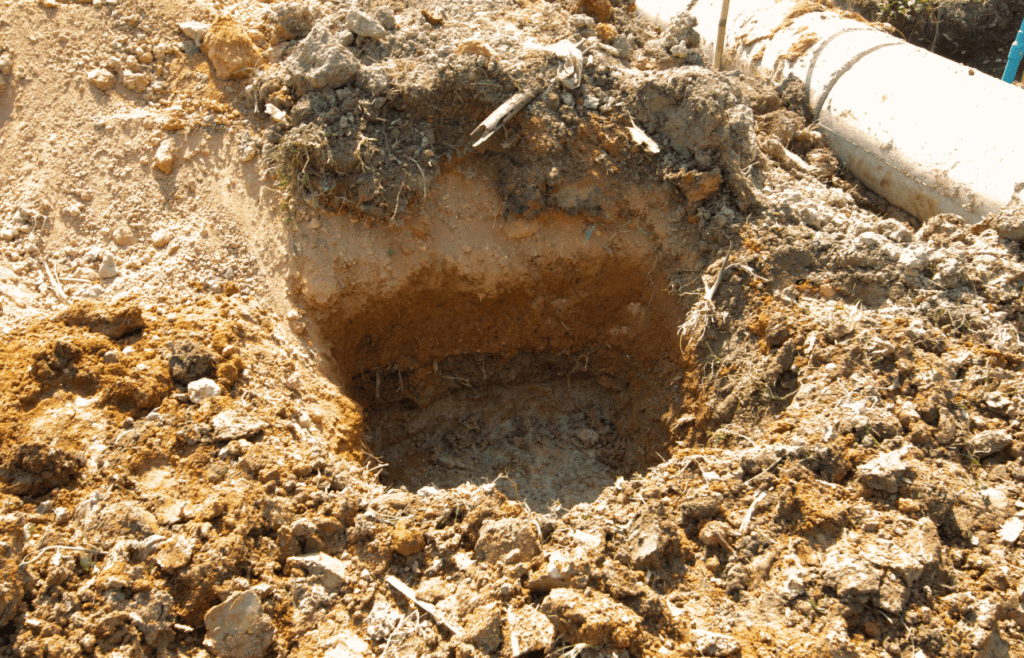
How to Manage Latent Conditions Proactively
For Principals
Conduct detailed site investigations before tender
Provide accurate geotechnical and environmental reports
Avoid blanket disclaimers unless risk is priced accordingly
Clarify in the contract how risk is allocated and whether reliance on reports is allowed
For Contractors
Conduct independent site inspections even if information is provided
Engage a geotechnical consultant if subsurface conditions are unclear
Confirm the status of any provided data—factual, indicative, or for information only
Keep detailed records and notify promptly under contract terms

Conclusion
Latent Conditions are a constant source of contractual tension in the construction industry, but confusion often arises from poor documentation, unrealistic assumptions, or inadequate contract administration. Distinguishing between Site Conditions and truly unforeseen, subsurface Latent Conditions is critical for correct risk allocation and dispute resolution. Careful contract drafting, realistic pricing, and procedural discipline are essential tools for both Principals and Contractors in avoiding unnecessary litigation and maintaining project momentum.

FAQs
1. What is a Latent Condition in a construction contract?
A Latent Condition in a construction contract is a hidden physical site condition that could not be discovered by reasonable investigation before the contract. These are typically underground and differ from what a Contractor would have reasonably expected based on available documentation.
2. How are Latent Conditions different from Site Conditions?
Latent Conditions are a subset of Site Conditions that are concealed and not reasonably foreseeable. General Site Conditions include both visible and reasonably discoverable aspects that Contractors are usually deemed to have accepted before signing the contract.
3. What are common examples of Latent Conditions?
Common examples of Latent Conditions include unexpected rock formations, underground tanks, hazardous contamination not disclosed in reports, and uncharted utility lines. These conditions usually result in changes to scope, time, or cost.
4. Does rainfall qualify as a Latent Condition?
Rainfall does not qualify as a Latent Condition because it is a weather event that should be factored into construction programming. Contractors are typically expected to account for normal weather conditions, including wet site access.
5. What is the Contractor’s obligation to inspect the site?
The Contractor’s obligation to inspect the site includes conducting a reasonable investigation and reviewing all site-related documentation before contract execution. In many contracts, Contractors are deemed to have accepted visible and reasonably foreseeable site conditions.
6. What happens if the Principal provides incorrect geotechnical data?
If the Principal provides incorrect geotechnical data and the contract permits reliance, the Contractor may be entitled to claim for Latent Conditions. However, if the contract disclaims accuracy or warns against reliance, the claim may be rejected.
7. What is the process for notifying a Latent Condition?
The process for notifying a Latent Condition usually requires prompt written notice followed by a detailed claim within a set period, such as 14 days under AS 4000. The claim must include factual evidence, cost impact, and timing consequences.
8. Are Latent Conditions covered under AS 4000?
Latent Conditions are covered under AS 4000 in Clause 25, which allows the Contractor to claim time or cost adjustments if they follow the correct notice and substantiation process. The Superintendent assesses and determines entitlement.
9. How do GC21 contracts treat Latent Conditions?
GC21 contracts allocate some risk to the Principal but require both parties to act reasonably and disclose known risks. They allow for adjustments if a condition was not reasonably discoverable or previously disclosed.
10. Can a Principal disclaim all responsibility for site data?
A Principal can attempt to disclaim responsibility for site data, but doing so may result in higher pricing or increased contingency allowances from Contractors. Disclaimers must be explicit and balanced to avoid disputes.
11. Are Latent Condition clauses consistent across all contracts?
Latent Condition clauses are not consistent across contracts. AS 4000, AS 2124, GC21, MBA, and Defence contracts each take a different approach to definitions, notice requirements, and entitlement thresholds.
12. Can a Subcontractor make a Latent Condition claim?
A Subcontractor can make a Latent Condition claim if their subcontract includes a mechanism for doing so. The head Contractor must ensure consistent risk allocation in all downstream contracts.
13. What records are needed to support a Latent Condition claim?
Records that support a Latent Condition claim include site diaries, photos, technical reports, emails, meeting minutes, and variation registers. These documents are essential for proving impact and entitlement.

Relevant Articles
- Construction Law
- Construction Lawyer
- Construction Lawyer Brisbane
- Construction Lawyers Brisbane
- Construction Contract Review
- The Ultimate Guide to Construction and Contracting
- Indemnities, Insurances, and Limits of Liability in Construction Contracts
- Construction Contracts
- Construction Lawyers
- Construction Contract Management
- Construction Contract Administration
- Construction Contract Disputes
- Brisbane Construction Industry
- Construction Industry
- Construction Finance
- Negotiating Changes to a Signed Construction Contract
- Understanding Your Construction Contract
- Project Delivery Methods
- Risk Management in Construction Contracts
- Escalation Clauses
- Construct-Only Contract
- Liquidated Damages in Construction Contracts
- AS 4000-1997 Guide for Contractors
- AS 4000-1997 Guide for Principals
- Guide to AS2124-1994 – Australian Standard Conditions of Contract for Construct Only Projects
- Construction Contract Law
- Construction Contract Liquidated Damages
- Types of Construction Contracts
- Your Design and Construct Contract Explained
- Design and Construct vs Construct-Only
- Dealing with Construction and Building Materials in Your Contract
- Fixed Price Building Contract
- Latent Conditions: Dealing With a Latent Condition at a Construction Site
- DLP Meaning – What is the Defects Liability Period in Construction Contracts?
- Construction Contract Termination
- Construction Contract Templates
- Is a Cyclone a Force Majeure Event in a Construction Contract?
- Construction Contract Variations
- Teaming Agreement
- Strategies for Cost Control in Construction
- Guide to Construction Contracts in Australia
- Practical Guide to Your Building Contract
- Building Contract Law: Tips for Builders and Principals
- Security in Construction Contracts: Bank Guarantees and Retention Moneys
- Time Cost Quality: Mastering the Project Management Triangle







